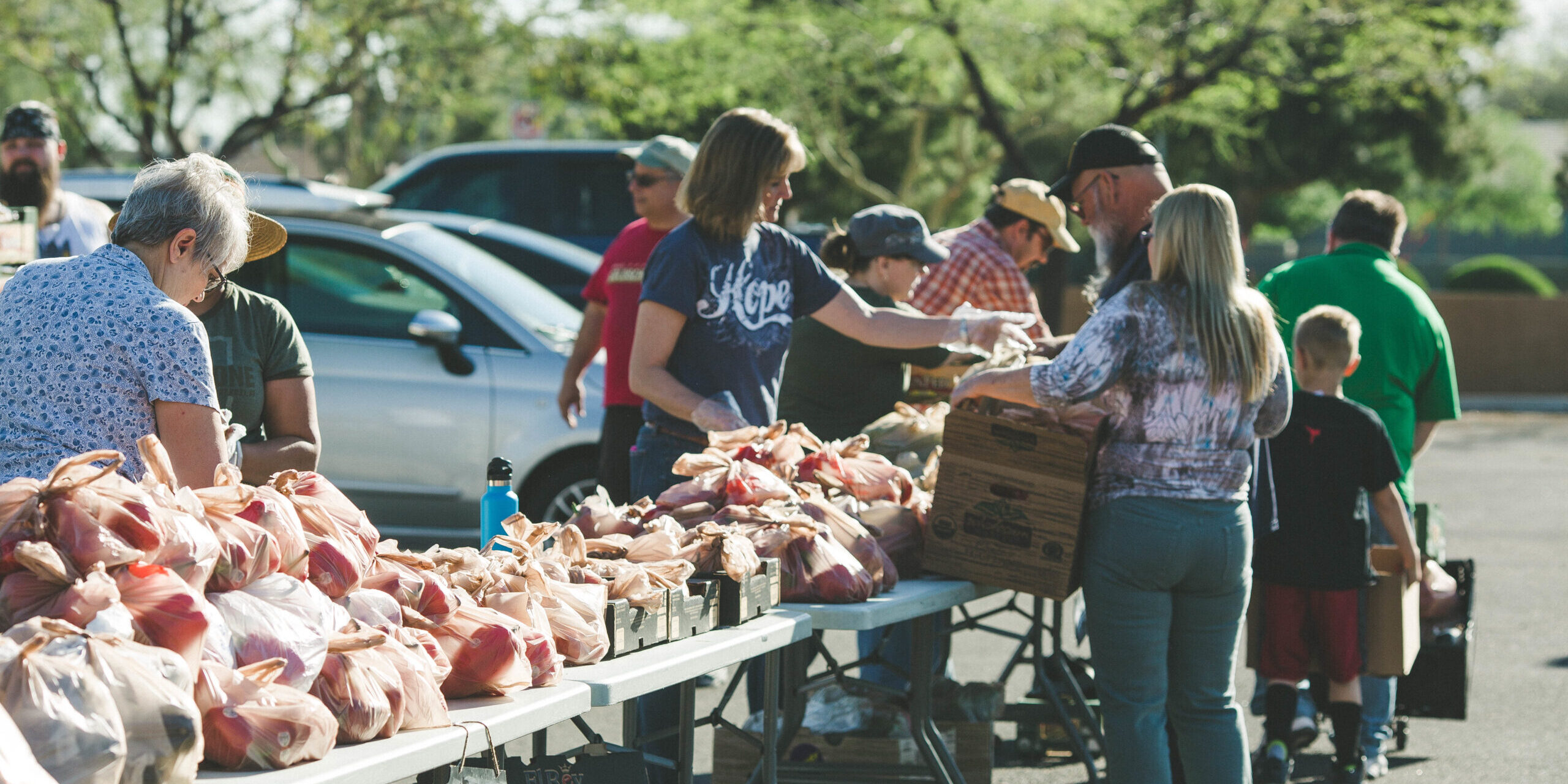“…I believe that we are in a wilderness moment. … Just as the people of Israel were in a wilderness moment long ago, we are going to a place that we do not yet know what it will look like — life coming out of the pandemic, into an intentionally hybrid church, into a church that you no longer have to live here to be a part of, into a church that has taken the pandemic extremely seriously when your kid’s soccer team has not. I think we are standing in the wilderness. And God has big things that are coming. But we can’t yet see them.” — Pastor at Holy Trinity Lutheran (May 2021)
The Religious Workforce Project seeks to better understand the on-the-ground realities of paid and volunteer leadership in congregations. As part of the project, we’ve conducted interviews with 44 congregational leaders in the greater Washington, D.C. area, in a variety of settings (urban, suburban and rural), across Christian faith traditions, and in varying sizes of churches. We seek to understand how they staff their ministry in their changing contexts. These interviews have taken place before and during the COVID pandemic, giving us a unique opportunity to explore the pandemic’s impacts, even though that wasn’t our intention as this project began pre-pandemic.
We’ve observed that, in some congregations, prior to the onset of the pandemic, being presented with data on membership and average worship attendance alone has not been enough to convince them to consider new ways to reach people. However, with its requirements to take worship and other congregational activities outside the building, the pandemic created a context that has encouraged some congregations to re-imagine how to “do church.”
We’re talking about something more than just shifts made to accommodate COVID, such as switching to online or hybrid worship. Now that COVID has been around a while, they have some experience of the wilderness, and it has caused some congregational leaders to give pause and think about how they think about change, about who they are, and what they are feeling called to do.
Holy Trinity (a pseudonym), a medium-sized suburban Lutheran church, has a food ministry that went from serving about 20 households a month pre-pandemic to about 200. It takes a lot of human resources to manage such a large ministry, and they could not afford to do so with paid staff. So, they have found a creative way to make it happen.
The pastor said she doesn’t have anything to do with the food ministry; it’s 100% lay-driven. People have taken ownership. And it has changed her way of thinking about leadership development. It’s one of the ministries that caused them to think about all the young adults who couldn’t do internships because of the pandemic. “How can we create internships for these young adults and also support the growing need for food distribution in the community?” they wondered, and so they got a grant to support 14 interns in the food ministry. Then, the congregation got really excited and gave more to the food ministry.
Life coming out of the pandemic for Holy Trinity looks very different. They are seeing increased member engagement, an increased budget, and increased community outreach. They have hybrid worship and a vibrant food ministry, but it’s so much more than that. There is a new focus on lay leadership, young adult discernment, mental health resources, and programming for children.
There is no “going back” to the way things were, and we suspect that they wouldn’t want to go back. According to the pastor at Trinity, “we have a whole contingent of folks who aren’t members of our church, who probably don’t even really worship with us much, but can feel very connected to our congregation.”
If your congregation is trying to discern a “new normal” after the wilderness time of the pandemic, know that you are not alone. We encourage you to get out into your community and listen. You might be surprised at how responding to the needs of the community can breathe new life into an old church.
— Deb Coe and Tim Snyder







